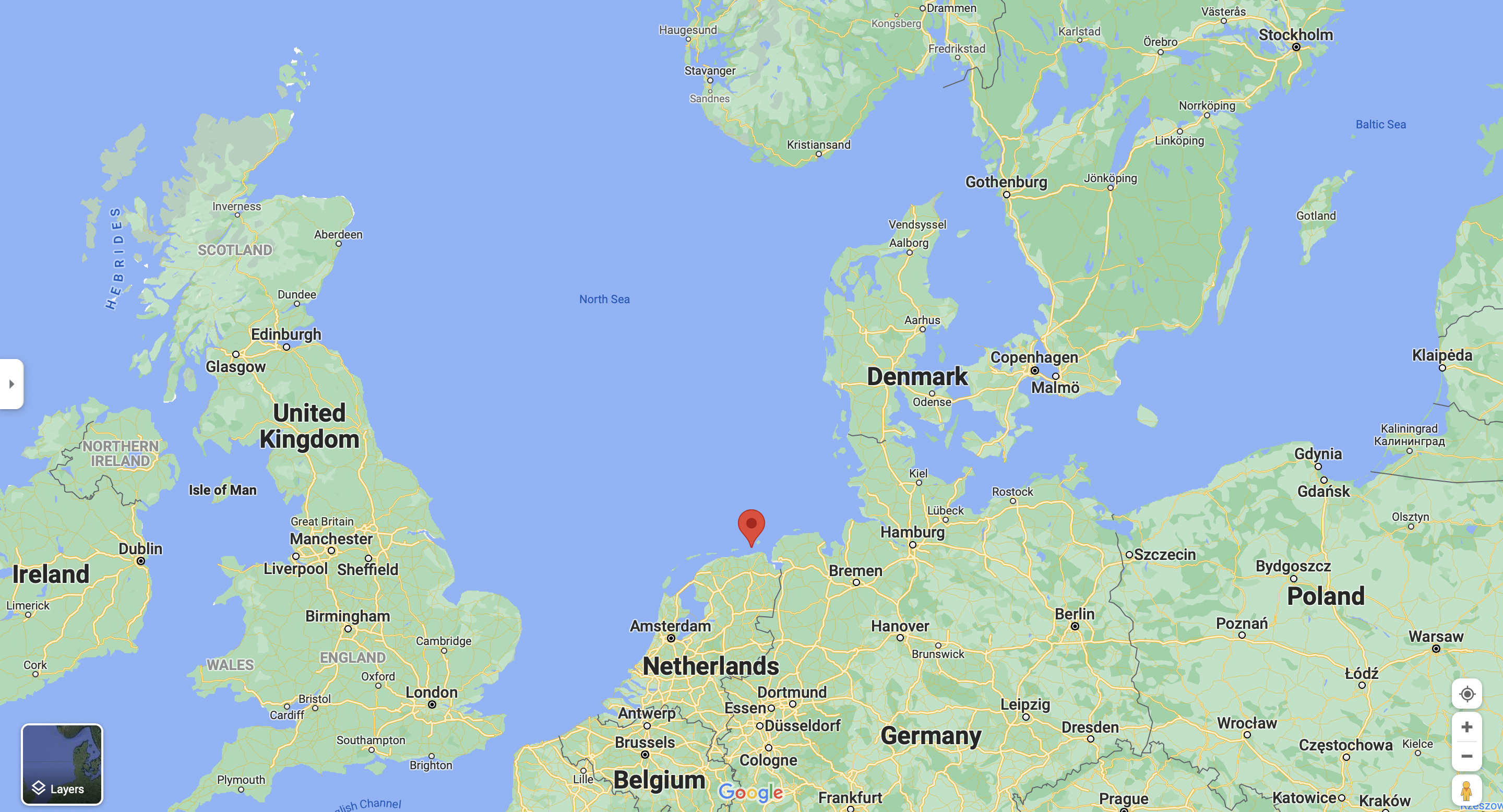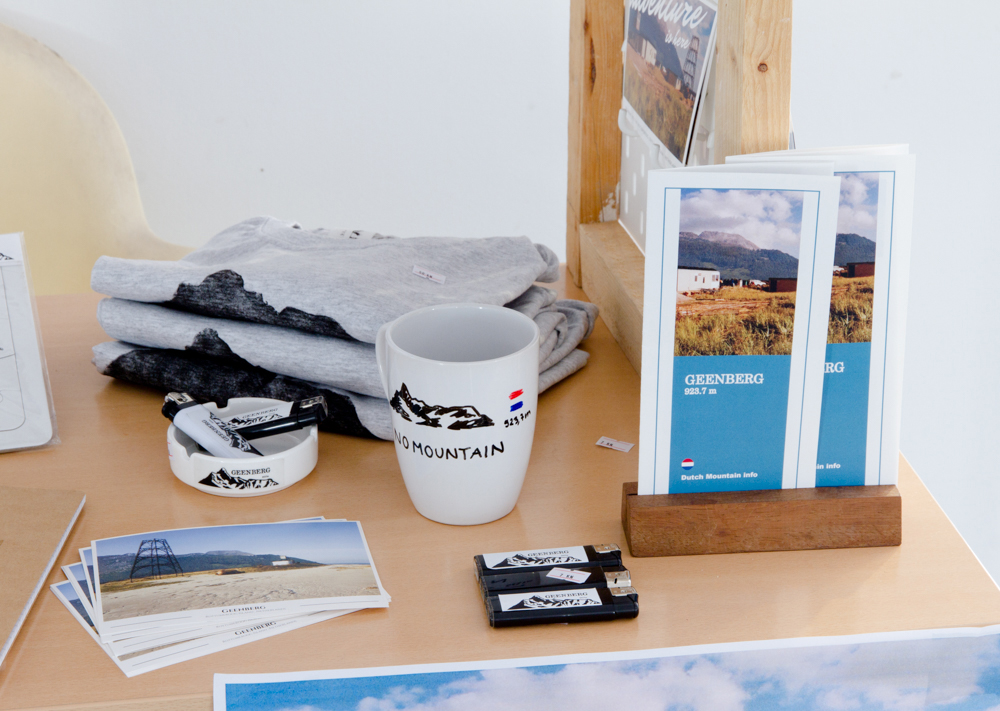Lene Lekše
Geenberg
In 2016, the artist Lene Lekše discovered a mountain on the Dutch island of Rottumeroog and added entries on it to Google Maps and Wikipedia – it was a miracle that local administrators of the world wide web had not been expecting. A part of the predominantly flat landscape of the country in which 17% of land is man-made supposedly rose to the height of 923.7 metres. Holland thus got its new highest point, a mountain named Geenberg – Nomountain.


Lene Lekše, Geenberg, 2017–. Courtesy of the artist.
A proposal for a massive mound that would echo the Alps had already been put forth by local journalist Thijs Zonneveld in his 2011 article Die Berg Komt Er (The Mountain is Coming). The intention was ironic, but the gesture set off serious debates about building an artificial mountain for sports and recreation in the vicinity of Amsterdam, which were then shut down due to opposition by a number of scientists – the environmental impact would have been too big. Lekše took up the torch of Zonneveld’s initiative for building an artificial mountain with her “discovery”, but her efforts were characterised as a hoax by Wikipedia and Google Maps users. A Wikipedia user explained the deletion of the article by stating that it is impossible for a mountain to be located on the island, as it is “as flat as a pancake”, while the Google Maps deleter referred to Zonneveld’s article by stating that “there will be no mountain’’.
Despite the removal of Geenberg from the two platforms, Lekše has not wavered from her conviction. She has kept the project alive by selling DIY souvenirs, carefully curated and presented, through stationary and mobile pop-up shops. Souvenirs hold the promise of a unique tourist experience and every sold or gifted copy of the mountain moves us one step closer to Geenberg becoming real, as the process is turning it into a part of people’s everyday lives. The multiplied, repetitive communication that is condensed in tourist artifacts has an impact on the authenticity of the mountain, while also widening the gap between what’s natural and what’s artificial, between truth and fiction. And yet the mountain exists.
Despite the removal of Geenberg from the two platforms, Lekše has not wavered from her conviction. She has kept the project alive by selling DIY souvenirs, carefully curated and presented, through stationary and mobile pop-up shops. Souvenirs hold the promise of a unique tourist experience and every sold or gifted copy of the mountain moves us one step closer to Geenberg becoming real, as the process is turning it into a part of people’s everyday lives. The multiplied, repetitive communication that is condensed in tourist artifacts has an impact on the authenticity of the mountain, while also widening the gap between what’s natural and what’s artificial, between truth and fiction. And yet the mountain exists.
Mei Tevechtenniechts*
*For the purpose of credibility, author of the article Maja Bojanić has translated her name into Dutch. Lene Lekše, Geenberg, 2017–. Courtesy of the artist.
Lene Lekše, Geenberg, 2017–. Courtesy of the artist.
Lene Lekše, Geenberg, Error. International Student Biennial, Esseker Center, Osijek, 2017, exhibition layout.
Photo: Ana Petrović / Esseker Center Osijek.
Photo: Ana Petrović / Esseker Center Osijek.

Lene Lekše, Geenberg, 2017–. Courtesy of the artist.
Lene Lekše (1995) obtained her master’s degree in sculpture at the Academy of Fine Arts and Design in Ljubljana under the mentorship of Prof. Jože Barši. She has exhibited her work in a number of exhibitions in Slovenia, among others at Škuc Gallery, Simulaker Gallery, DobraVaga gallery, Alkatraz Gallery and at the 9th Triennial of Contemporary Art U3 at the Museum of Modern Art in Ljubljana. Abroad, she has exhibited at Vent Space gallery in Tallinn. Since 2018, she has been a member of the exhibition-oriented collective Galerija 7:069. She is also the recipient of two commendations by the Academy of Fine Arts and Design and the OHO Group Award. In her work, she likes to focus on creating symbolisms within specific spaces and ways of constructing real and fictional worlds.
Etc. is a annual magazine, dedicated to showcasing current artistic production from the Baltic to the Balkans.
Based in Ljubljana, Slovenia, each issue is dedicated to a relevant topic in art and life. Founded to promote emerging artists, its goal is to initiate a dialogue, inspire collaborations, and challenge set views.